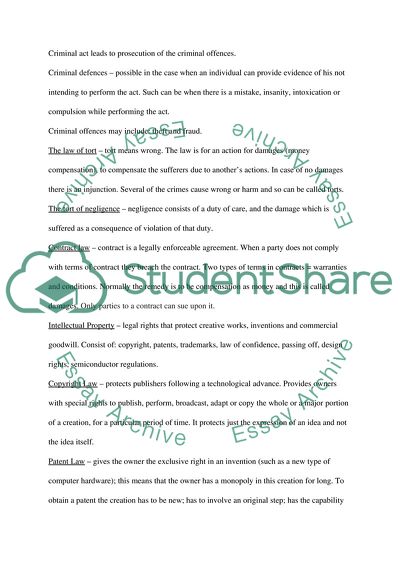Cite this document
(The Terms Which Are Important for Lawyers Assignment, n.d.)
The Terms Which Are Important for Lawyers Assignment. Retrieved from https://studentshare.org/law/1723609-professional-issues
The Terms Which Are Important for Lawyers Assignment. Retrieved from https://studentshare.org/law/1723609-professional-issues
(The Terms Which Are Important for Lawyers Assignment)
The Terms Which Are Important for Lawyers Assignment. https://studentshare.org/law/1723609-professional-issues.
The Terms Which Are Important for Lawyers Assignment. https://studentshare.org/law/1723609-professional-issues.
“The Terms Which Are Important for Lawyers Assignment”, n.d. https://studentshare.org/law/1723609-professional-issues.


